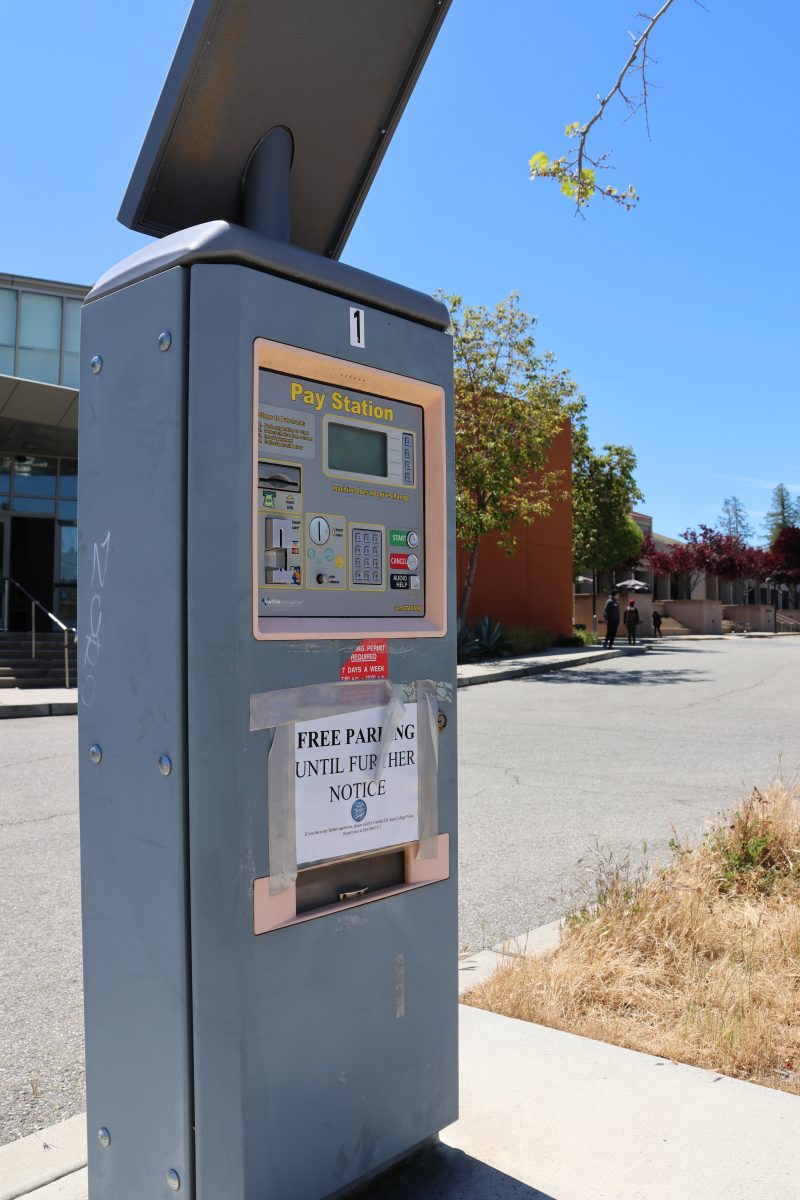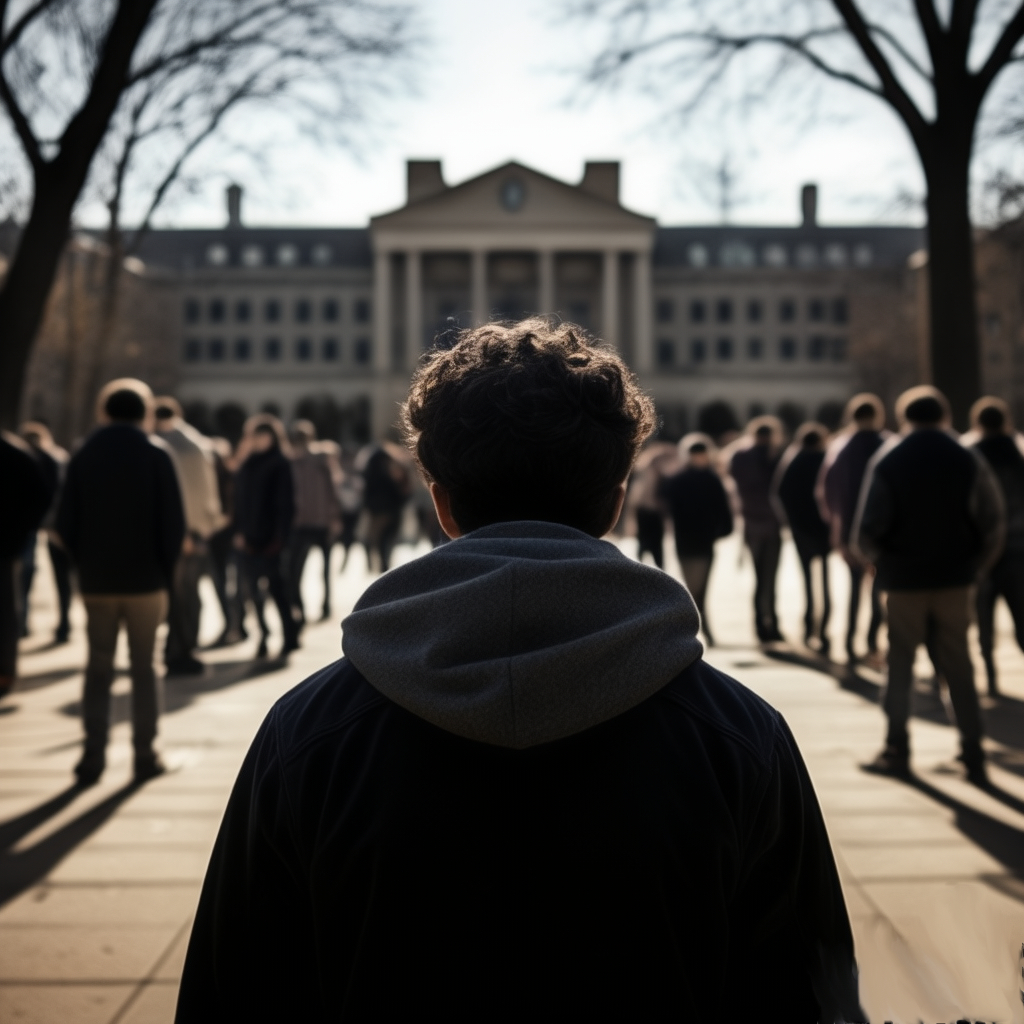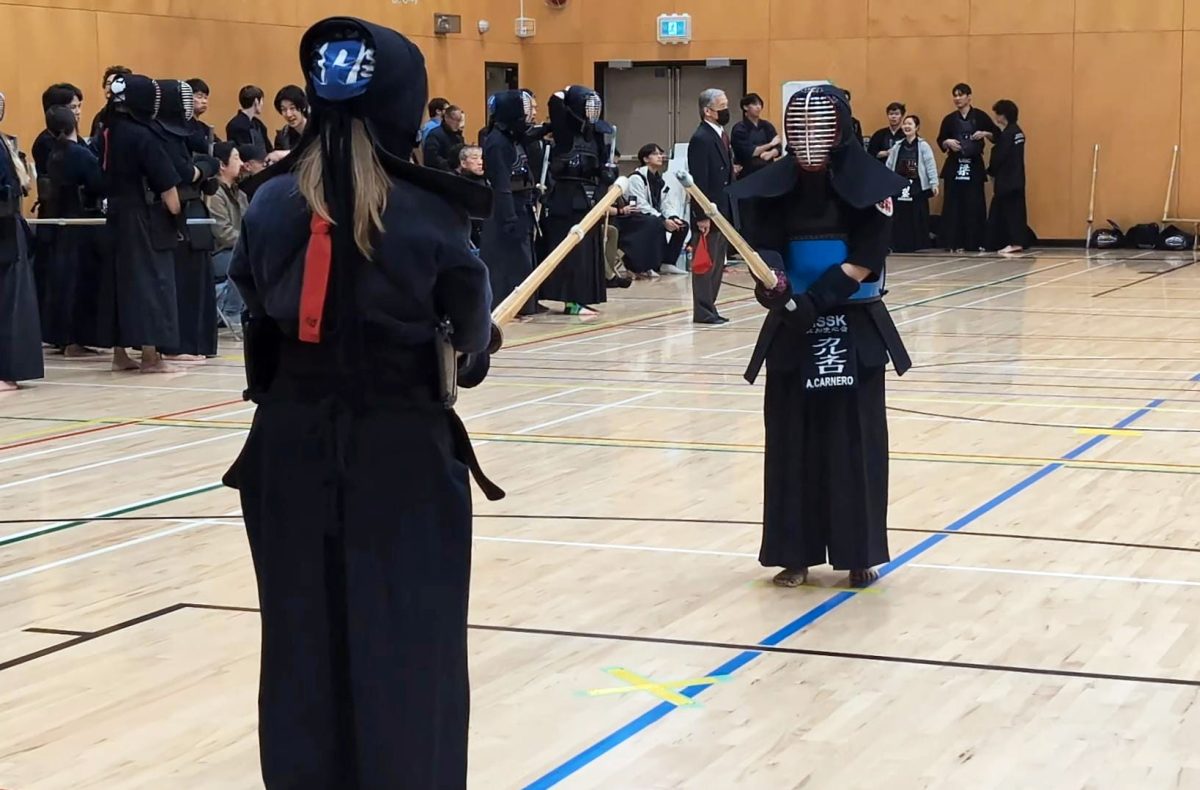The eight-day blitz on Gaza by the Israeli Defense Force last month fits into the tangled narrative of self-determination that has long vexed Palestinian-Israeli relations for decades.
However, Israel being the recipient of more than $3 billion in U.S. aid annually, much of it in arms, has given rise to an asymmetric warfare that has gone largely unregulated and unchallenged; a governing principle in which both the U.S. and Israel carry out indiscriminate drone attacks against vaguely identified “militants” or “combatants.”
Unmanned aerial vehicles, referred to as drones, have become the predominant means for carrying out targeted attacks, which U.S. military experts gladly tout as “surgically precise” and effective for “minimizing” collateral damage and civilian casualties.
Of the 160 Palestinians killed in the recent attack, “more than 100 were civilians, including 34 children,” according to the Palestinian Center for Human Rights, while six Israelis, two of them soldiers, were killed in the violent exchange of rocket fire from Hamas.
Prior to the ceasefire in Gaza, surveillance and predator drones hovered over Palestinian skies around the clock, as NBC News Chief Foreign correspondent Richard Engel tweeted: “So many drones over #Gaza city it sounds like everyone is out mowing their lawns in the dark.”
A joint study recently published by Stanford and NYU law schools provide a window into what it’s like living under drones.
“Their presence terrorizes men, women, and children, giving rise to anxiety and psychological trauma among civilian communities,” according to the study.
First introduced in 2001 by the Bush administration in Afghanistan, “the US has increased its arsenal of Predator drones from 167 in 2002 to more than 7,000 today; carrying out 292 strikes in just over three and a half years in Pakistan, Afghanistan, Yemen and Somalia,” the study found.
What rationale is used by the administration to determine who is killed as well as targeted remains uncertain, as do the legal standards – if any – that are applied in its calculus regarding extrajudicial killing, constitutional due process and international law.
The president has final say over the “Kill-List” and its corresponding drone program, which is so secretive in nature that the government can neither confirm nor deny the program exists, resulting in both the American Civil Liberties Union and The New York Times suing over lack of transparency.
“I generally don’t trust officials who are in charge of a program to make the basic legal and ethical decisions whether what they’re doing is proper,” De Anza constitutional law professor Michael Willemsen said recently. “So we need some form of review.”









